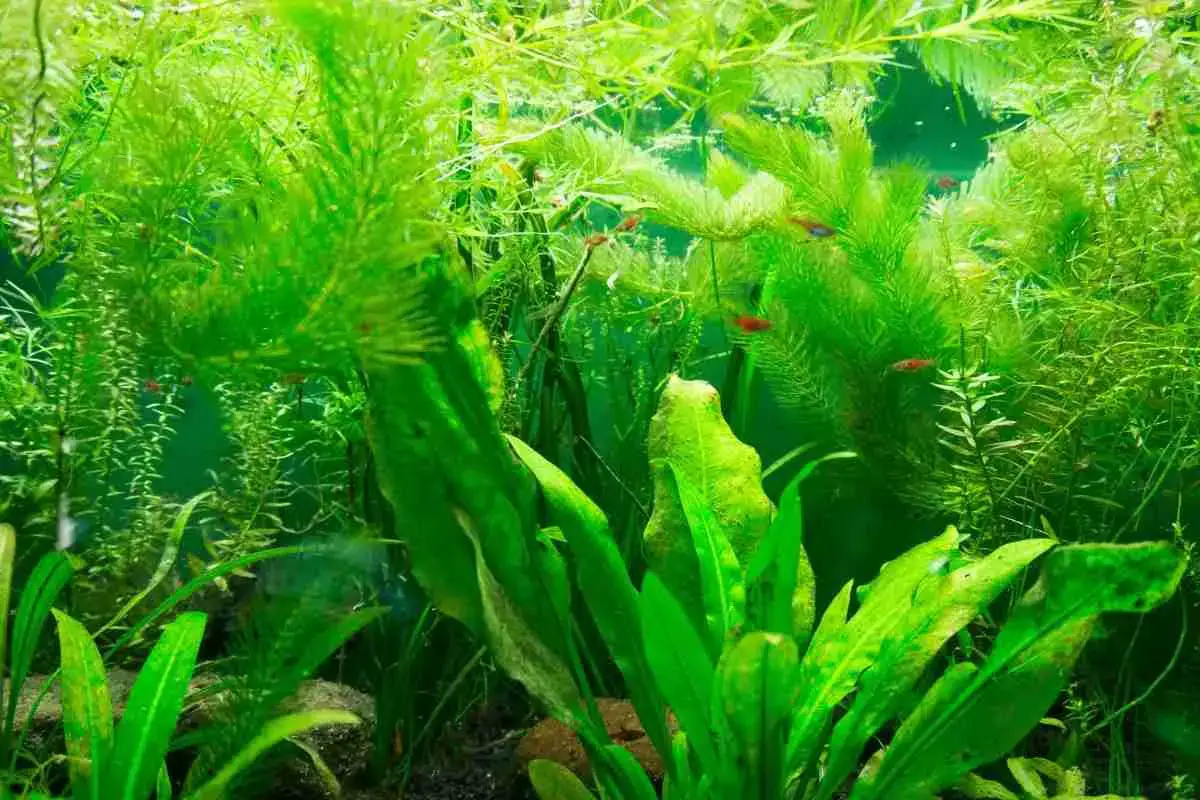
The Art of Moss Harvesting: A Guide to Sustainable Collection and Care
Read more
What Is The Best Time To Apply Moss Killer To The Lawn?
Read more
3 Simple Methods To Sterilize Sphagnum Moss
Read more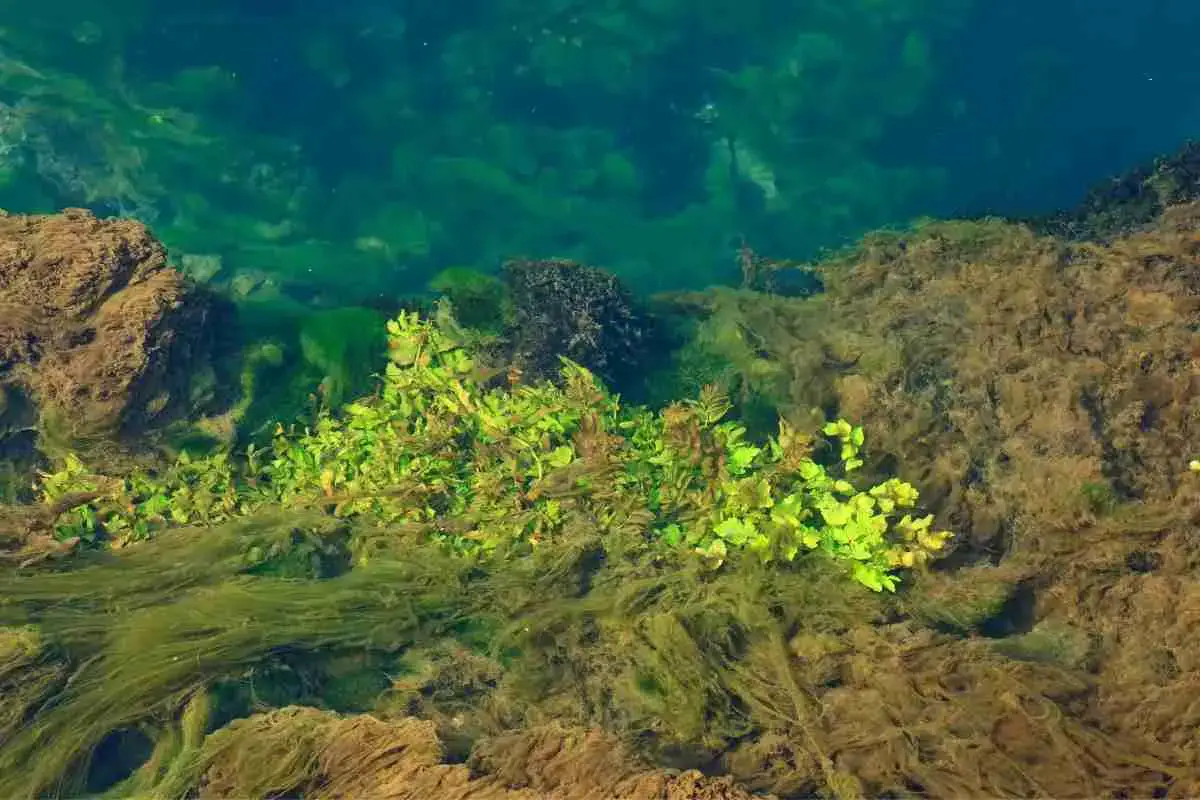
Is Algae A Producer of the Future? Understanding Its Role in Energy and Food Production
Read more
How to Grow Moss with Yogurt? Step By Step Guide!
Read more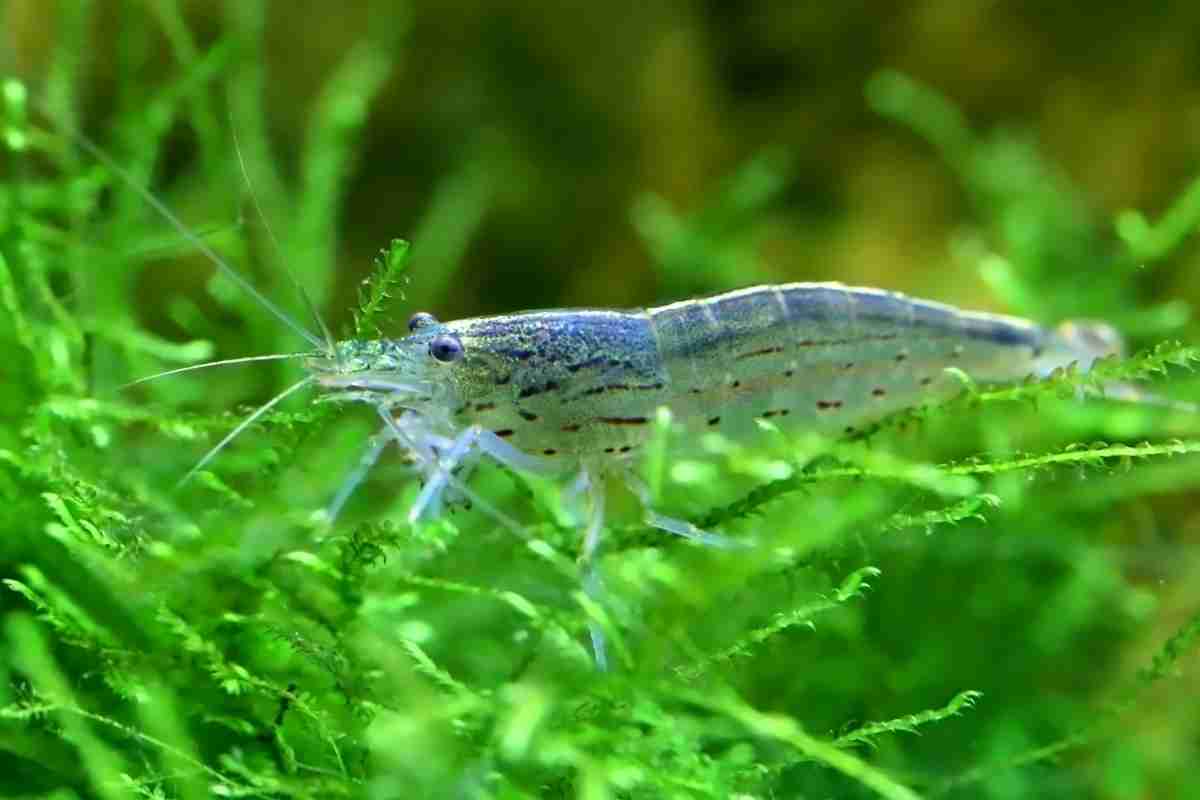
How To Grow Algae For Shrimp In An Aquarium?
Read more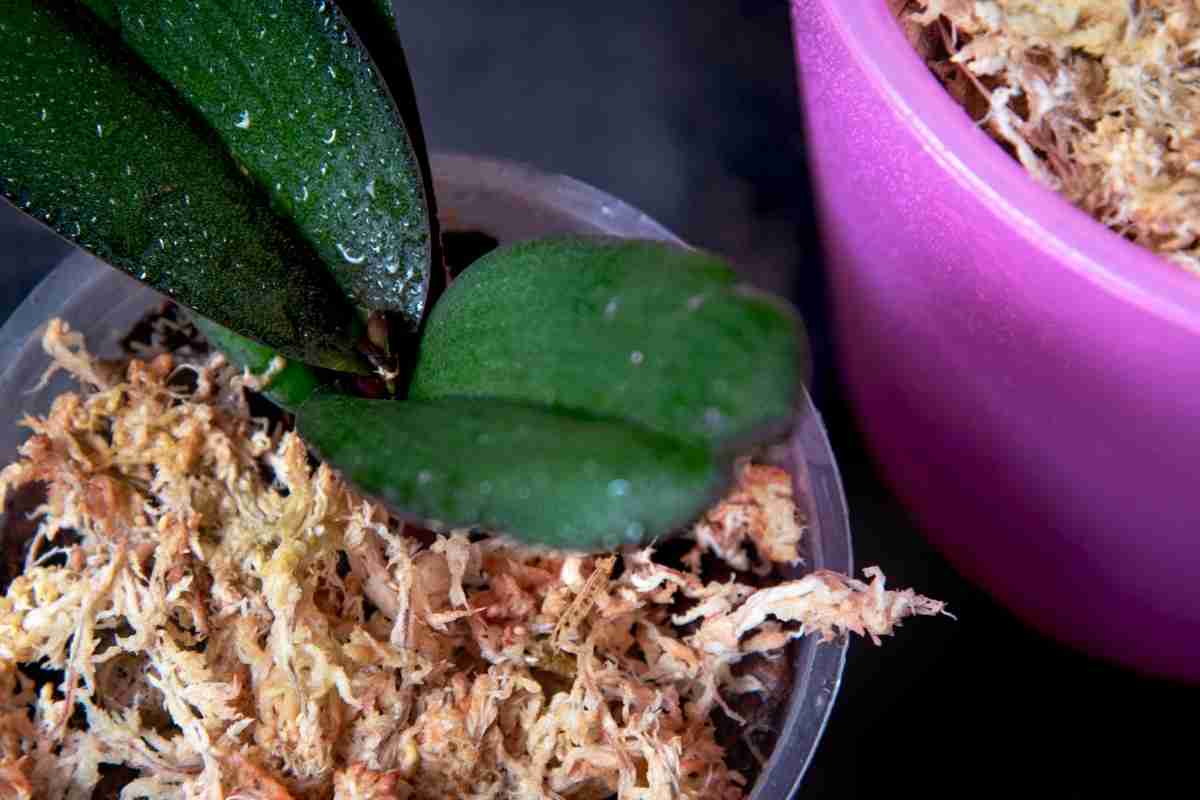
Can Dried Sphagnum Moss Come Back To Life?
Read more
Buttermilk To Grow Moss: Weird, But Effective!
Read more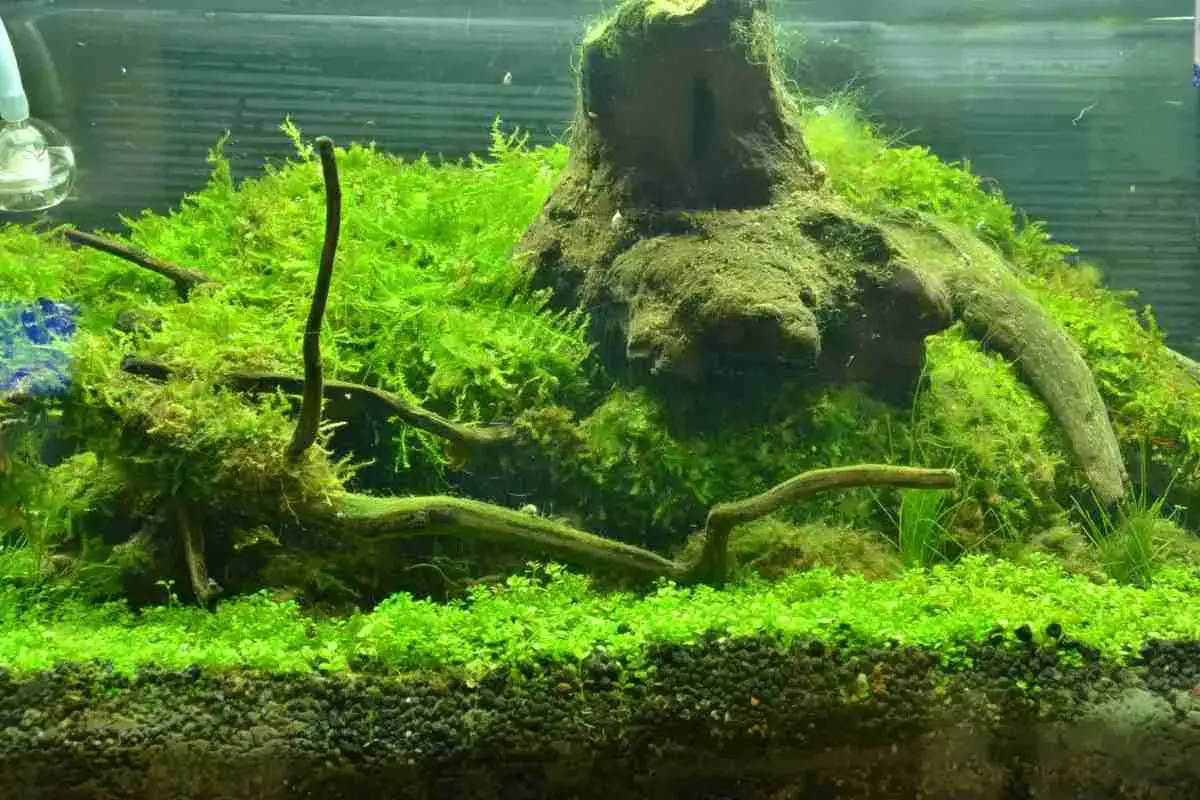
6 Simple Methods To Grow Java Moss Fast
Read more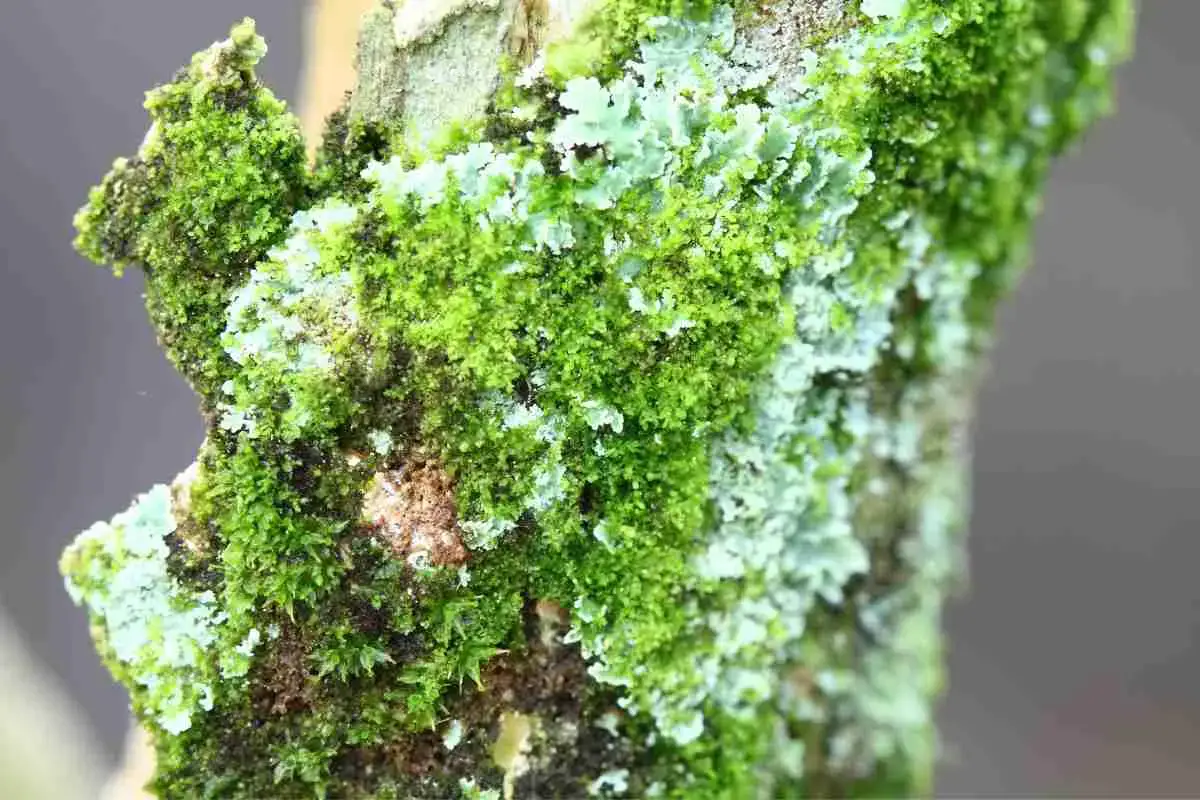
What Do Lichens Eat?
Read more
What to do if your Christmas moss turns brown or yellow? Find out how to bring your moss back to life
Read more